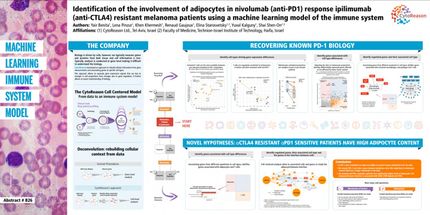Parexel launches expanded genomic research services
Advertisement
Parexel International Corporation announced expanded services and capabilities in genomic-based drug development. The PAREXEL®Genomic Medicine team offers clients a variety of strategic and operational genomic research services to accelerate drug development and to support regulatory and payer approval processes.
Biopharmaceutical companies are increasingly applying genomics to drug discovery and development to better understand the genetic basis of disease, drug targets, and drug response. Over the next five years, the number of personalized medicines in development is expected to increase 69 percent. Additionally, regulators and payers are increasingly seeking genomic information to inform decision-making and assure a product delivers clinical utility and value for the intended patient population. In 2015, 20 percent of FDA approvals were for targeted therapies. Researchers have also shown that drug mechanisms with genetic evidence may be twice as likely to receive regulatory approval.
“Recently, the terms ‘precision medicine’ and ‘personalized medicine’ have become household terms, and genomic research is the key to developing targeted therapies. By applying innovative and state-of-the-art methodologies, we work with our clients to understand how genes impact an individual’s response to treatment – and why people who receive the same treatment may respond differently,” said Sy Pretorius, M.D., Chief Scientific Officer, PAREXEL. “PAREXEL’s Genomic Medicine team leverages genomic information across more than 10 therapeutic areas to help biopharmaceutical companies discover, develop, and secure regulatory and payer approval for their new medicines.”
PAREXEL’s Genomic Medicine team is comprised of more than 15 scientists with an aggregate of nearly 300 years of combined experience in genomics, drug discovery, and drug development. The team joined PAREXEL from GlaxoSmithKline’s Genetics and Computational Biology departments.























































